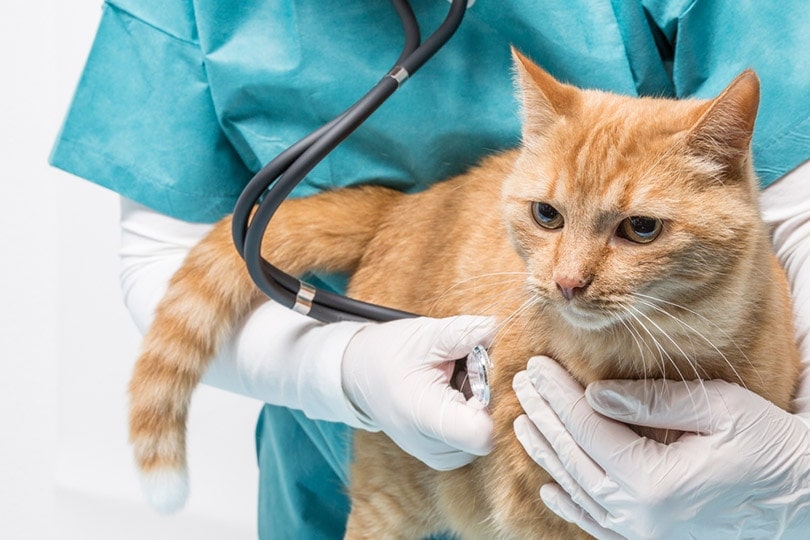How to Tell if Your Cat Is an American Shorthair: 8 Effective Tips
Updated on
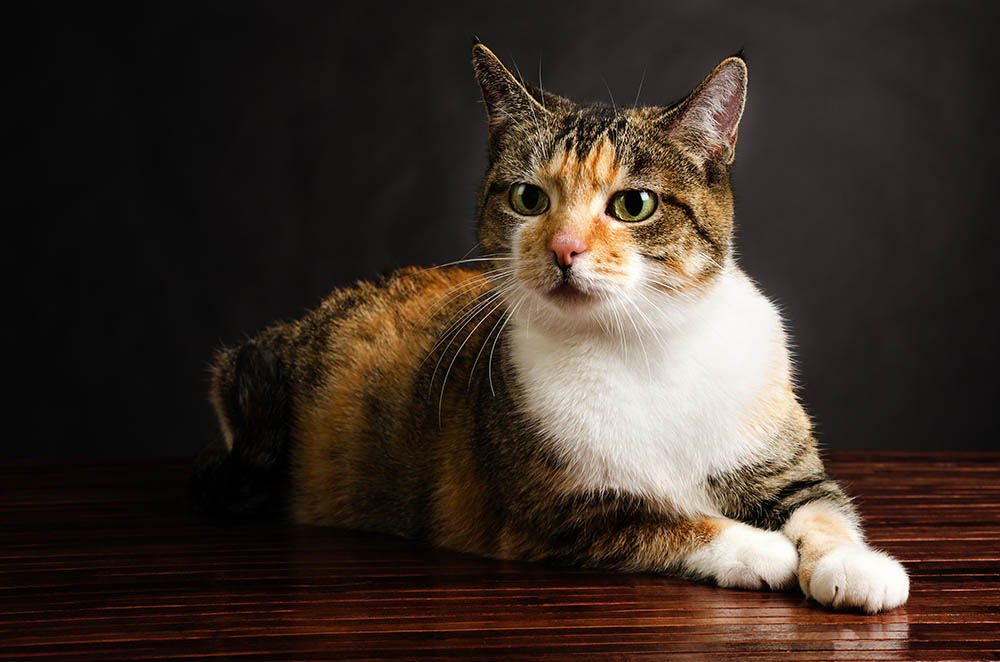
The American Shorthair is one of the most popular cats in America. This breed evolved naturally from the European cats brought over to North American with early settlers. Many of these cats were ship cats that then stayed in the colony with the settlers. They weren’t purposefully bred like other breeds but were the result of many different breeds of cats coming together in the colonies.
Selective breeding wasn’t established until the 20th century. These were one of the first five breeds recognized by the Cat Fanciers’ Association (CFA) in 1906. While they were originally just a breed of random cats, they are now considered a pedigreed breed with a strict confirmation standard.
Unlike some misconceptions, they are not simply any domestic short-haired cat in America. They are their own specific breed. Therefore, they have some distinct traits that set them apart from other breeds.
There are actually several ways you can determine if a cat belongs to this particular breed. Of course, unless you have your cat’s pedigree, it is basically impossible to determine if a cat is a particular breed for certain. You can’t register a cat as a particular breed unless you have the breeding records. However, you can make an accurate guess.
How to Tell if Your Cat Is an American Shorthair
1. Look at Head Size
American Shorthairs tend to have larger heads than most cats. Often, it seems that their head is just a bit bigger than it should be for their body. They may look a bit unproportioned. If your cat’s head is a bit larger, they may be an American Shorthair.
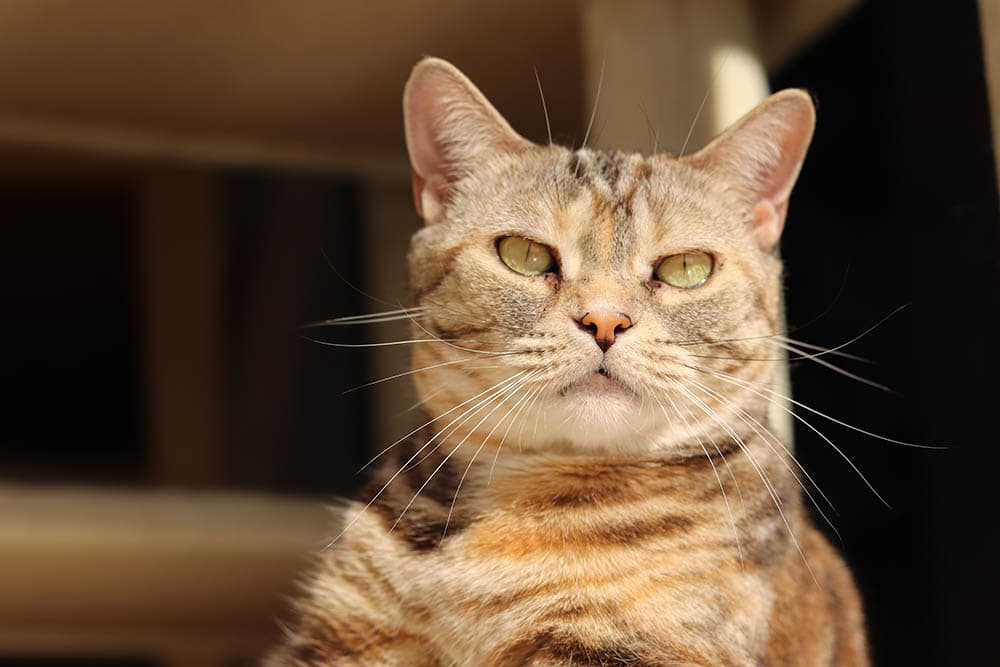
2. Determine the Ear Size
Compared to their head size, American Shorthair cats have smaller ears. Their ears also tend to be smaller compared to other breeds, which means they really look small when on their large head. If your cat seems to have surprisingly short ears, it could be a sign that they are a domestic shorthair.
3. Check Face Shape
Cats can either have narrow or “full” faces. A narrow-faced cat will have squished cheeks and a longer-looking muzzle. Cats with full faces have obvious cheeks that can look a bit fat. They’re full and quite obvious. The American Shorthair falls into this latter category. This makes their face look quite wide and broad.
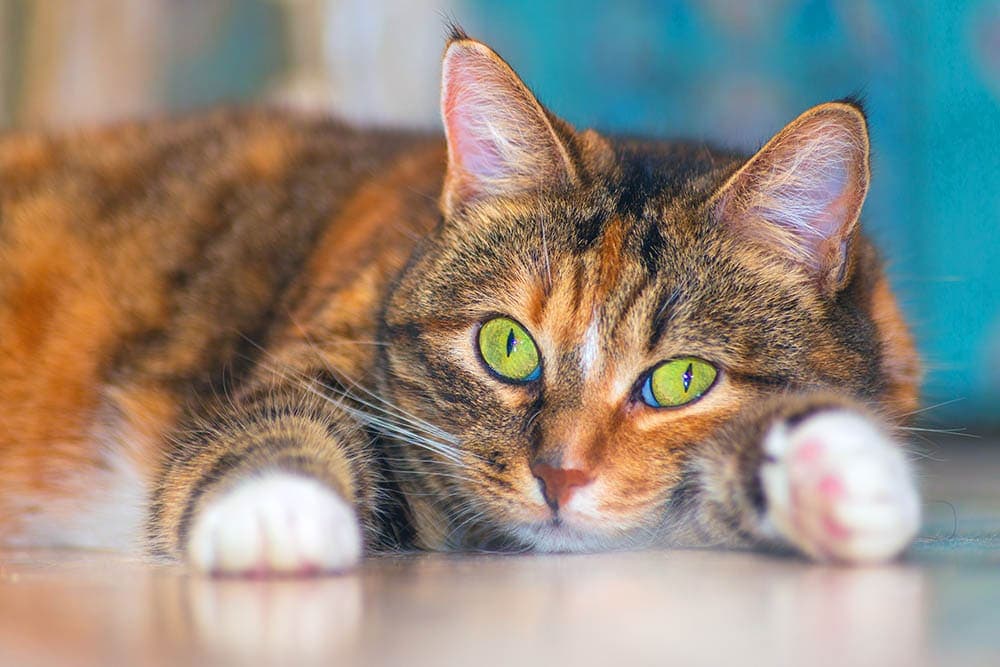
4. Feel for Body Condition
As a working cat breed, the American Shorthair tends to be quite muscular. These cats were first used to keep ships free from rodents. Once they reached North America, they were utilized to remove rodents from farms and similar areas. They make for great rodent control.
This often means that they are quite muscular. They have a thick neck and muscular limbs. They are quite sturdy and may appear to have shorter than average legs, though this is mostly due to their muscular torso.
5. Weigh and Measure
Like all cat breeds, American Shorthairs will have a specific weight and length. Males weigh 11 to 15 pounds, while females are smaller at 6 to 12 pounds. They are considered “medium-sized” cats, so they look about average. They aren’t terribly large or small.
These cats are 10 to 14 inches tall. They are considered to have an average height. Again, they aren’t particularly long or short.
Overall, these cats seem to be quite average. While it is best to actually measure your cat to get an accurate range, you can also eyeball it. If your cat is simply average, then they could be an American Shorthair. With that said, this does assume that your cat is at a healthy weight. If your cat is obese, they are likely going to fall out of the weight range even if they are an American Shorthair.
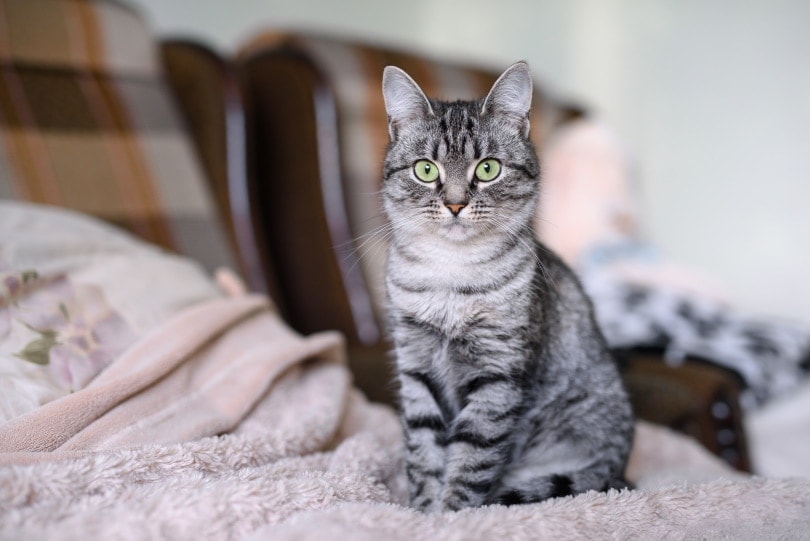
6. Speak to the Breeder
The easiest way to determine the breed of your cat is to ask the breeder—assuming that your cat did come from a breeder. If you’re adopting a rescue, this obviously isn’t an option. However, if you know who bred your cat, you should be able to determine if your feline is a particular breed or not.
Occasionally, you may also ask the adoption agency what breed your cat is. Be aware that often, they won’t know. Many agencies will try to guess at the breed of cat, but their guess is likely just as good as yours. Many domestic shorthairs that aren’t pedigreed at all get mistaken as American Shorthairs.
7. Try a DNA Test
If you’re determined to figure out the breed of your feline, then you may want to consider getting a DNA test. It is important to understand that these aren’t 100% accurate. You still can’t register your cat as an American Shorthair, even if their test comes back completely positive.
There are many different DNA tests out there, so you have many options for your feline. Companies determine a cat’s breed by comparing it with other DNA from a wide variety of cats. Therefore, the results are only as good as the company’s DNA collection. Plus, this isn’t a fool-proof method. Mistakes are possible.
However, this is often a more accurate determination of a cat’s breed than simply guessing based on traits and other characteristics. If you can’t ask a breeder about your cat’s breed, then your next best bet may be to take a DNA test.
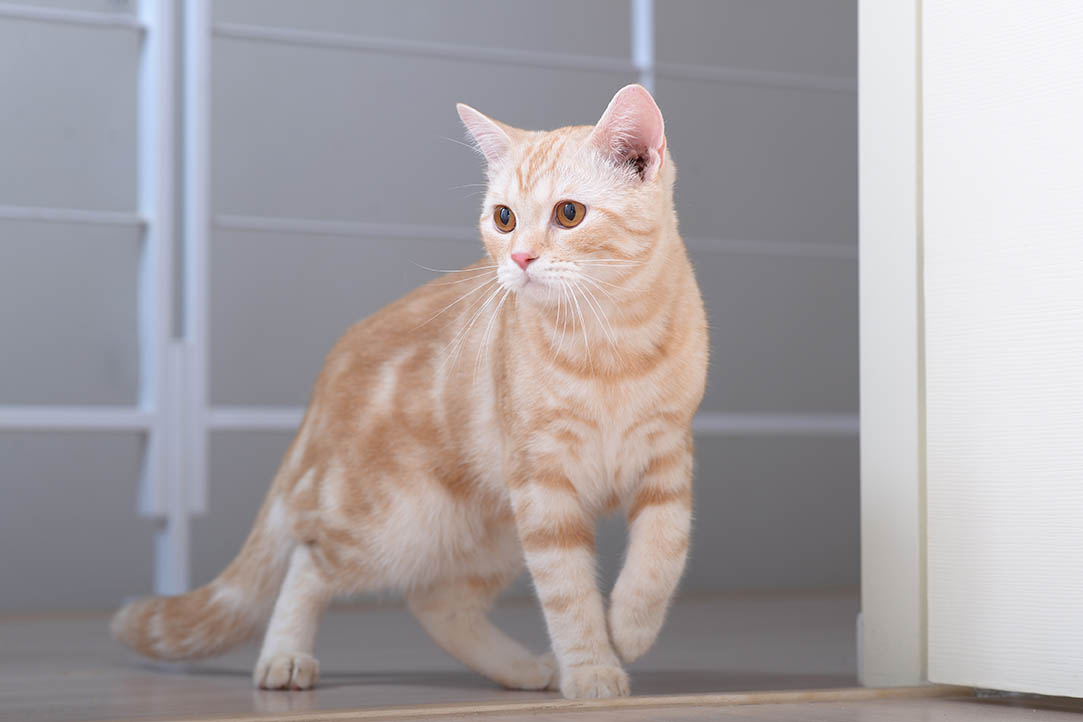
8. Determine Your Cat’s Personality
You can also use your cat’s personality to determine their breed somewhat. This isn’t a fool-proof method at all, as your cat’s personality is individual. Cats of the same breed don’t always act the same, though they do have some common characteristics. Their individual history, socialization, and traits also play a large role.
Typically, these cats are pretty sociable. Most don’t mind being picked up and enjoy plenty of affection. Cuddling is absolutely on the menu with these felines. However, they are also quite low-maintenance. They don’t require much attention and probably won’t follow you around the house. They aren’t as needy as some other cat breeds, though they will usually take cuddles when offered.
These cats are often an even mix of cuddling and playtime. They do like both, though they may be a bit more active as kittens. They tend to calm down into their adult years.
Most of the time, these cats are pretty quiet. They may talk to you once or twice with some quick meows, especially if you say their name or talk to them first. They aren’t known for following their people around the house and meowing like some other breeds. This can vary quite a bit from cat to cat, though.
Often, these cats will get along with other pets quite easily. They’re outgoing and laid back, which means that they often aren’t afraid of dogs and other cats. This lessens aggressive behavior since most aggressive behaviors are caused by fear. They also do well with young children for the same reason. They’re simply less likely to be scared of them.
Final Thoughts
When you adopt a cat from a breeder, you typically know what you’re getting. Breeders will provide you with a pedigree and plenty of information about your cat’s parentage. However, when you adopt a cat from an animal shelter or rescue, this isn’t always the case. They often don’t know where the cat came from at all. While they may attempt to guess the breed, this can be difficult.
If speaking to a breeder isn’t possible, you can use the cat’s characteristics to make an educated guess. If your cat looks and acts exactly like an American Shorthair, then they are probably an American Shorthair. However, cats can vary from individual to individual. Just because a cat doesn’t act exactly like an American Shorthair doesn’t mean that they aren’t.
Of course, it can be impossible to tell if your feline is a particular breed unless you have a pedigree. Otherwise, you’ll likely never know your cat’s breed with much certainty—even with a DNA test.
See also:
- Are American Shorthair Cats Hypoallergenic?
- How Long Do American Shorthair Cats Live? Average Lifespan, Data & Care
Featured Image Credit: Bruno Passigatti, Shutterstock


